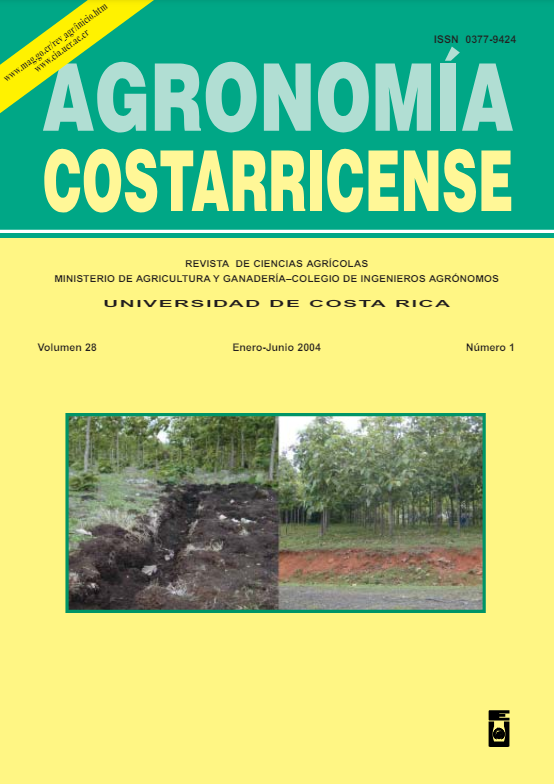Abstract
A methodology for the forest plantation standing real value and market value estimation is presented. The real value is estimated on the basis of: a) the distribution of the standing volume; b) lumber potential quality for the first four logs; c) plantation age (wood quality); and d) the tree species. Volume is distributed in a two way matrix integrated by diameter classes and four quality classes. Real value is reduced 10% for each reduction in quality class. Diameter class reduces the log value in an logarithmical function as well. Plantations less than 10 years old are deducted another 10% in all its standing values (wood quality). The market value is estimated on the basis of seven harvesting and transportation parameters: 1) plantation scale; 2) distance to the nearest industry; 3) plantation access inside the property; 4) slope and topography of the plantation; 5) presence of rocks and stones in the soil; 6) weeds; 7) plantation density. A real example from a pilón (Hieronyma alchorneoides) plantation in Sarapiquí, Heredia, is presented.
##plugins.facebook.comentarios##

This work is licensed under a Creative Commons Attribution-NonCommercial-NoDerivatives 4.0 International License.
Copyright (c) 2024 Agronomía Costarricense


